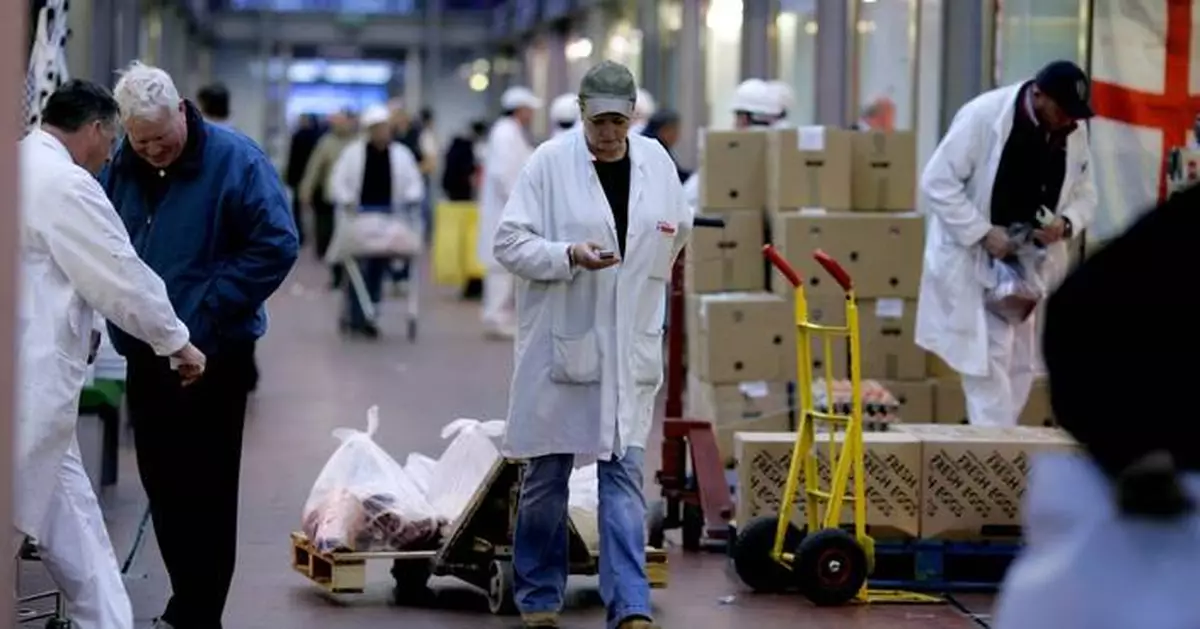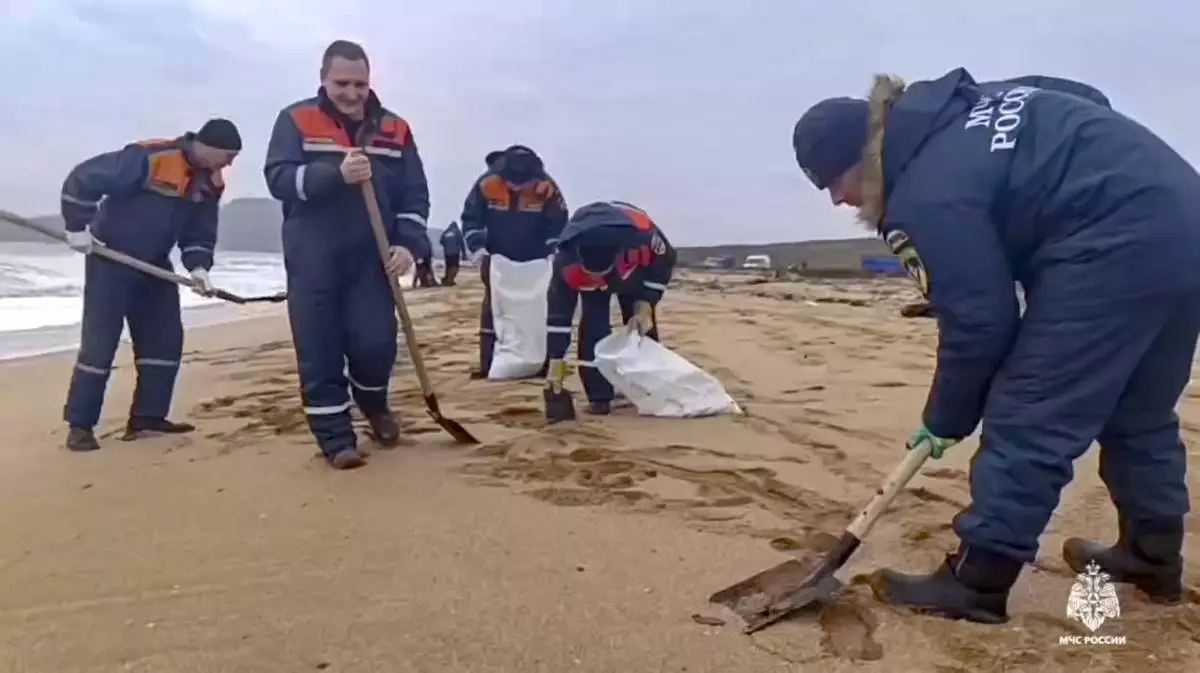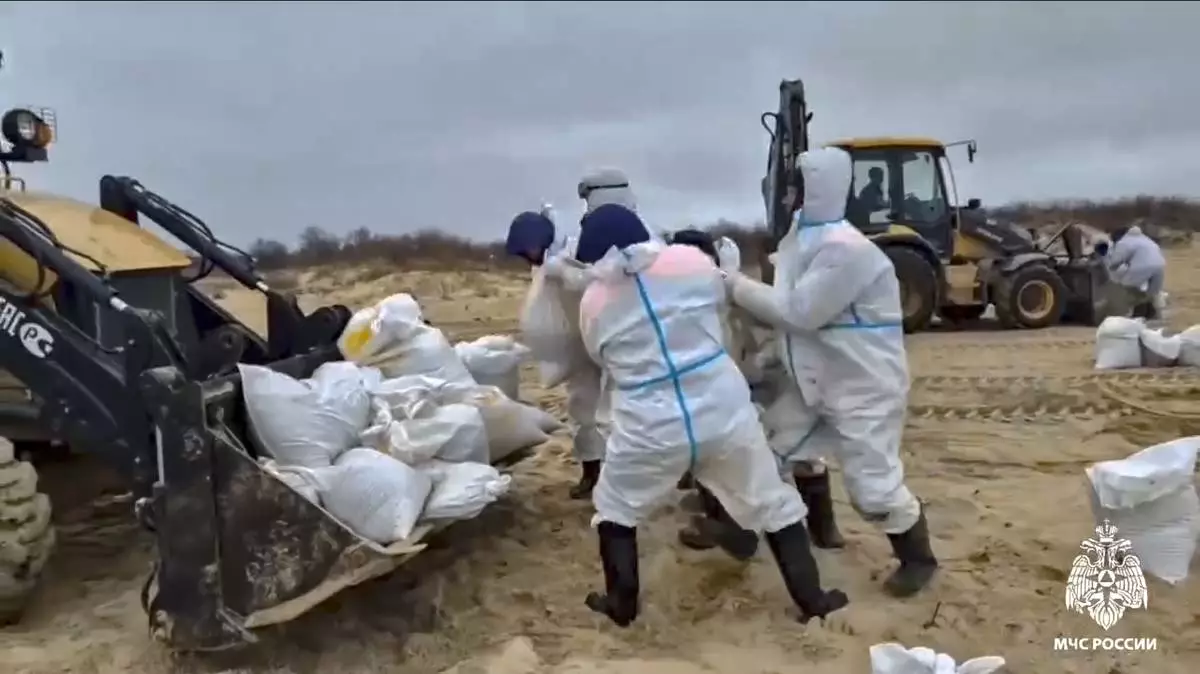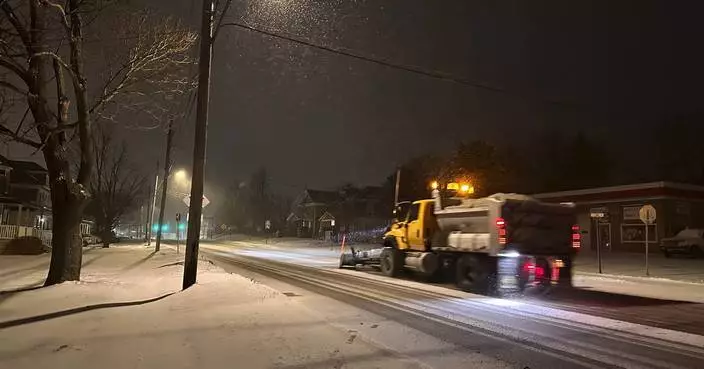LONDON (AP) — Two of London's most famous markets — one selling fish, the other meat — are set to close in the coming years, bringing an end to traditions stretching back to medieval times.
On Wednesday, the City of London Corporation, the governing body in the capital city's historic hub, is set to present a bill to Parliament to bring an end to its responsibilities to operate the Billingsgate fish market and the Smithfield meat market, both of which have existed in some shape or form since the 11th century.
That comes a day after the corporation decided not to relocate the markets to a new development just east of London in Dagenham.
It abandoned the planned move because of the growing expense, both as a result of the recent bout of inflation and an increase in construction costs — at around 1 billion pounds ($1.25 billion), as things stand.
Instead, under a new agreement with market traders, the corporation will provide financial compensation and advice. The traders have a bit of time to work out what to do, with operations continuing until at least 2028.
“This decision represents a positive new chapter for Smithfield and Billingsgate Markets in that it empowers Traders to build a sustainable future in premises that align with their long-term business goals," said Chris Hayward, the policy chairman of the City of London Corporation. “By stepping back from direct market operations, we will help to create opportunities for these businesses to thrive independently.”
The traders will now work out how to relocate to wherever they wish to in London, potentially on their own or within groups.
No doubt, wherever they end up, their place of work will be shiny and new. But it will be lacking in tradition.
At Smithfield, the market traders typically begin work at 10 p.m., selling mainly to the restaurant trade, and finish up at about 6 a.m., just as the rest of the city is waking up. Pubs around the market traditionally had special licenses allowing them to open in the early hours of the morning to serve the traders.
Peter Ackroyd, who wrote the seminal “London: The Biography” in 2000, said the Billingsgate fish market has its roots in the early 11th century, before William the Conqueror turned up with his Norman troops in England to bring an end to Saxon times. Smithfield, built just beyond the old Roman wall, became the go-to place for the sale of horses, sheep and cattle later that century.
Ackroyd describes how, for hundreds of years, Smithfield and Billingsgate, as well as other markets selling flowers, fruit and vegetables, and poultry, were woven into the fabric of London life, though often known for drunkenness, general rowdiness and violence. The great British author Charles Dickens described Smithfield, for example, as a center of “filth and mire,” referencing the market in both ”Oliver Twist" and “Great Expectations.”
With the advent of food standards and regular rebuilds, the markets are clearly not as squalid as they were in medieval times.
But another costly rebuilding was looming. Smithfield's buildings date from Victorian times, with some modifications, and suffered a major fire in 1958, while Billingsgate has been at its current site in London Docklands since 1982, a district that was then derelict but is now home to the gleaming towers of the Canary Wharf financial district.
There are proposals to build 4,000 much-needed new houses at the Billingsgate site, while Smithfield is set to become a cultural center and will house the new London Museum.
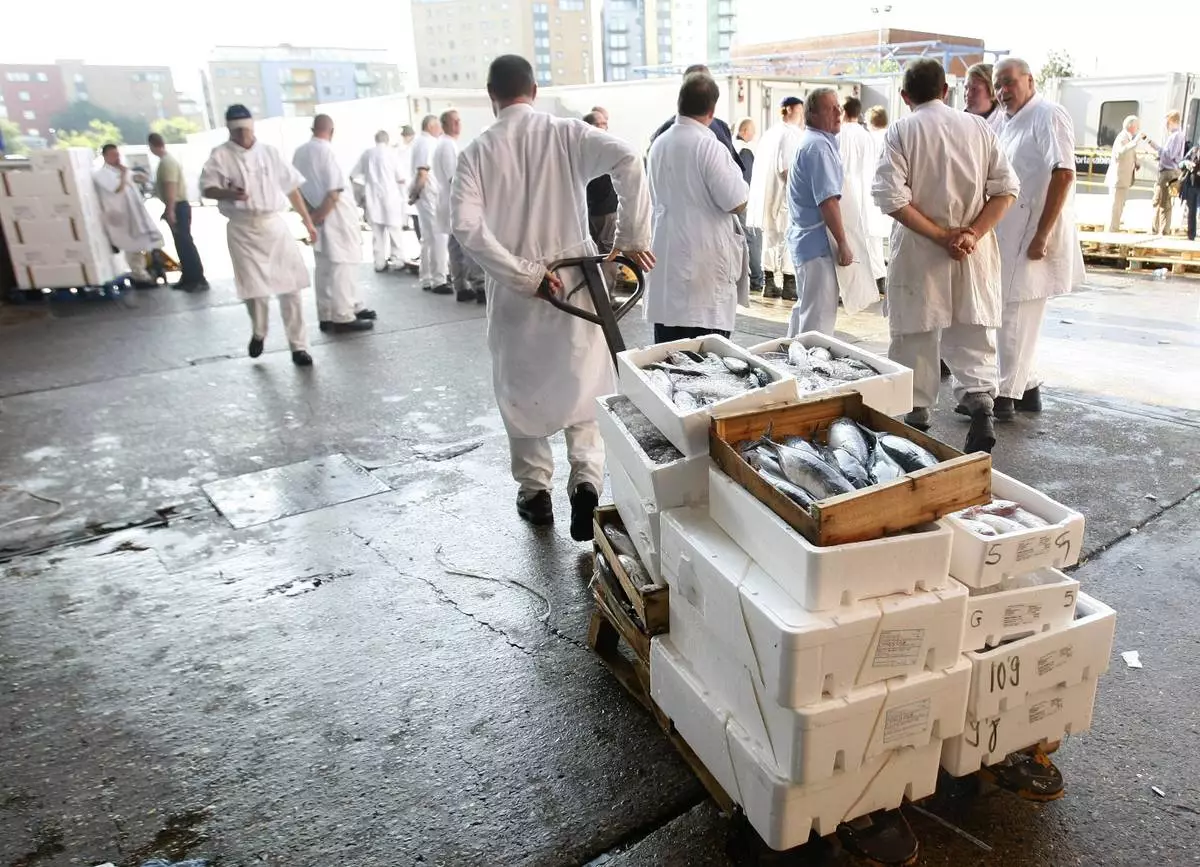
FILE - Traditional porters at work at Billingsgate fish market in London, on Aug. 3, 2010. (AP Photo/Alastair Grant, File)
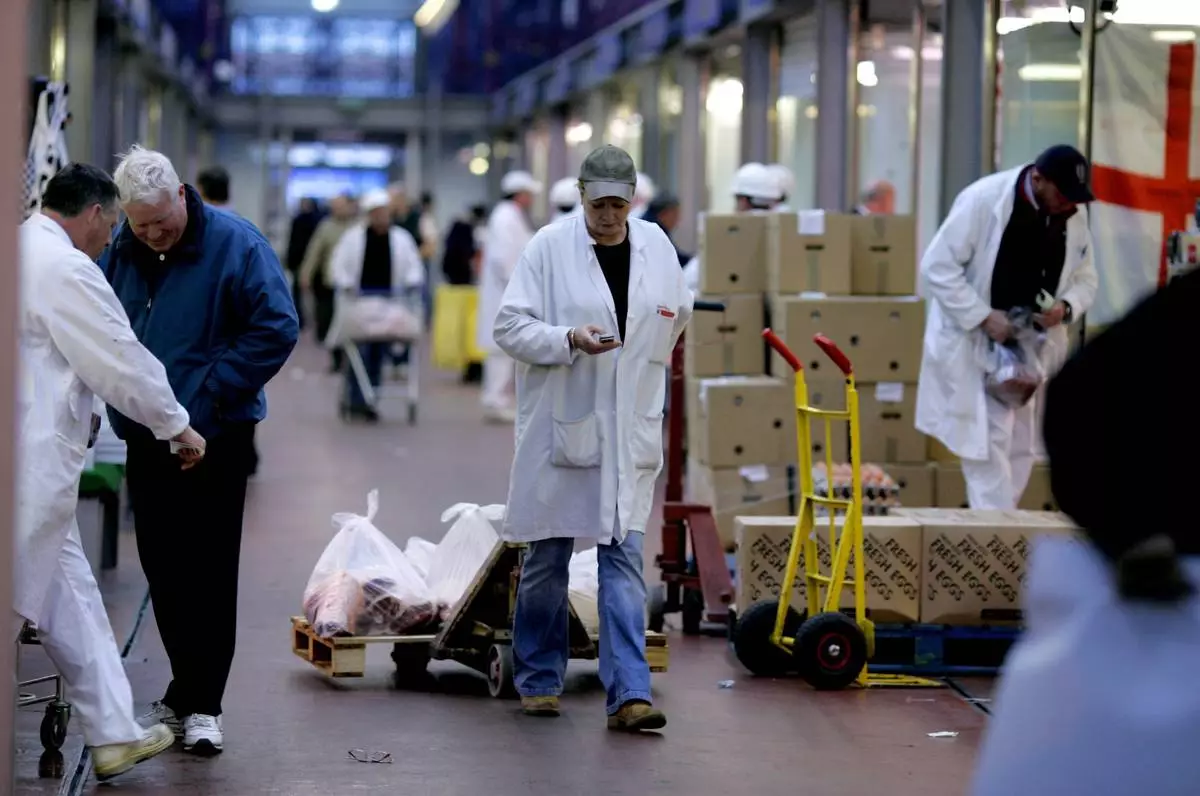
FILE - A woman wheels away meat products bought at Smithfield meat market in London, on May 3, 2006. (AP Photo/Matt Dunham, File)


